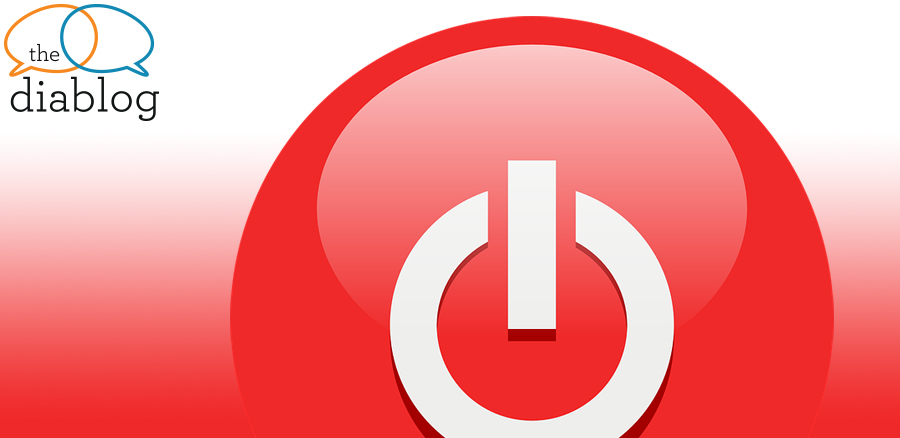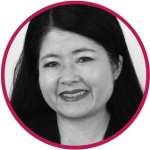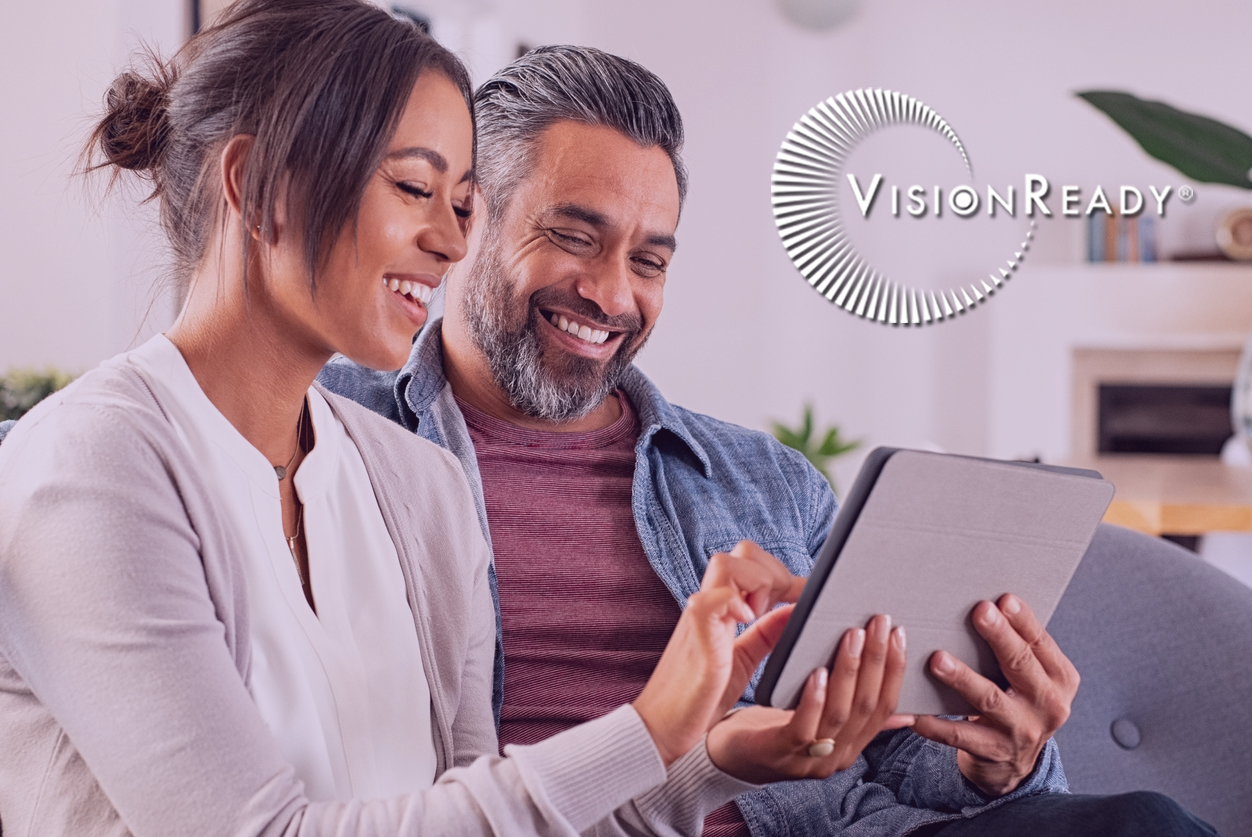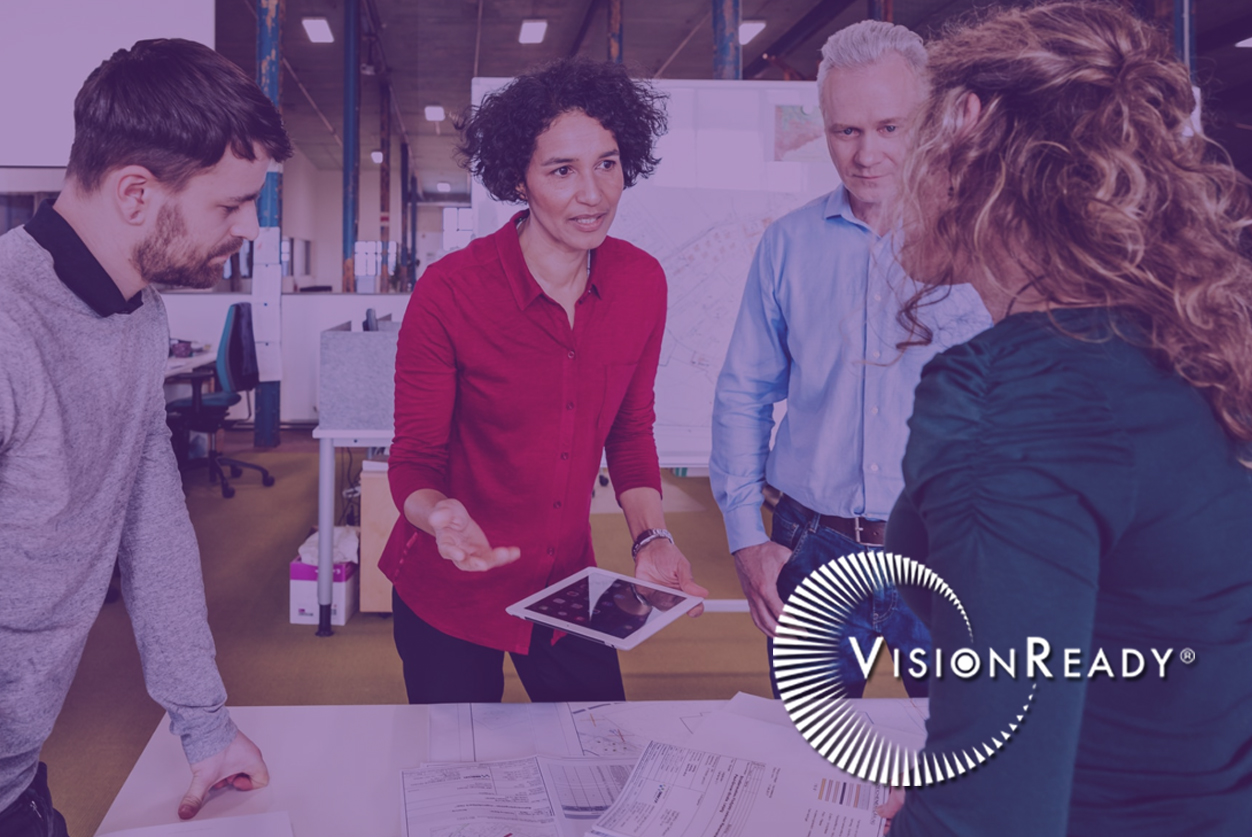
 By Pon Angara & Patty Cooper
By Pon Angara & Patty Cooper 
 Pon, I don’t know about you, but it’s very difficult for me to say no to people and opportunities especially now that I’ve started working for myself. I don’t want to upset anyone. I don’t want to miss out. I was approached by one of my former clients about a project that sounded like a good fit. It would be a 10-week assignment for a very high-profile event. Everything seemed to line up. I was going to be working with a client that I really enjoyed. I knew some of the people on the team. I jumped on a couple of conference calls to learn more about the details. Things were coming together and then I received the quote for the project. It was so low. I was in shock. My heart sank. My stomach churned. I felt heat start to creep through my nervous system. The room started to spin. I didn’t know what to do.
Pon, I don’t know about you, but it’s very difficult for me to say no to people and opportunities especially now that I’ve started working for myself. I don’t want to upset anyone. I don’t want to miss out. I was approached by one of my former clients about a project that sounded like a good fit. It would be a 10-week assignment for a very high-profile event. Everything seemed to line up. I was going to be working with a client that I really enjoyed. I knew some of the people on the team. I jumped on a couple of conference calls to learn more about the details. Things were coming together and then I received the quote for the project. It was so low. I was in shock. My heart sank. My stomach churned. I felt heat start to creep through my nervous system. The room started to spin. I didn’t know what to do.
 Patty, I’ve had that same overwhelming sensation that seemed to stop the flow of blood in my veins and turned my brain cells to mush. Every time it happened was a moment of internal conflict. It was a sure sign that I was about to make a hard decision, enter into an uncomfortable situation, initiate a crucial conversation, or all of the above. What happened next?
Patty, I’ve had that same overwhelming sensation that seemed to stop the flow of blood in my veins and turned my brain cells to mush. Every time it happened was a moment of internal conflict. It was a sure sign that I was about to make a hard decision, enter into an uncomfortable situation, initiate a crucial conversation, or all of the above. What happened next?
 I took a deep breath and asked myself a series of questions. What are my options? Can I go back and negotiate? Could I stand up and ask for what I’m worth? Yikes! All of it was yikes. Along with not liking to say no, I don’t often stand up for myself when it comes to asking for what I’m worth financially. This offer was just the opportunity I needed to learn that and to negotiate a better rate. I talked it through with my friends in the industry. They coached me through what to say and also brought up some points that hadn’t occurred to me. Like was this rate a 7-day rate or a 6-day rate? What were the other responsibilities that I could be assigned that were not in the scope of work? I’m so grateful for my friends. Including you, Pon! You’ve really helped me to figure out what my consultant rates should be.
I took a deep breath and asked myself a series of questions. What are my options? Can I go back and negotiate? Could I stand up and ask for what I’m worth? Yikes! All of it was yikes. Along with not liking to say no, I don’t often stand up for myself when it comes to asking for what I’m worth financially. This offer was just the opportunity I needed to learn that and to negotiate a better rate. I talked it through with my friends in the industry. They coached me through what to say and also brought up some points that hadn’t occurred to me. Like was this rate a 7-day rate or a 6-day rate? What were the other responsibilities that I could be assigned that were not in the scope of work? I’m so grateful for my friends. Including you, Pon! You’ve really helped me to figure out what my consultant rates should be.
 Glad I could help, Patty! Sometimes seeing the situation in dollars, numbers or some other exact measure helps to better define the problem. It becomes easier to compare your options and you feel more confident about your final decision. Having too many unknowns causes higher levels of mental and emotional stress. Managing stress is one of my priorities for this year and I’ve committed to joining a meditation group at least once a week. Stress will come at you from anywhere, at any time, and is almost entirely unavoidable. The only way to counter stress is by managing it. How did you manage this particular stress?
Glad I could help, Patty! Sometimes seeing the situation in dollars, numbers or some other exact measure helps to better define the problem. It becomes easier to compare your options and you feel more confident about your final decision. Having too many unknowns causes higher levels of mental and emotional stress. Managing stress is one of my priorities for this year and I’ve committed to joining a meditation group at least once a week. Stress will come at you from anywhere, at any time, and is almost entirely unavoidable. The only way to counter stress is by managing it. How did you manage this particular stress?
 Before my call, I did a short meditation to regulate my breath. I put my somatic practices in place to ground myself. I called my client and made my case. I drew a line in the sand at the rate I would accept. After 24 hours, they came back with the same offer. I asked myself another set of questions. If I say no, will I lose the client for good? Should I just suck it up and take the job? Am I making a mistake? Do I deserve what I’m worth? What will I do for work? I felt my shoulders tense, my stomach tighten. I wasn’t breathing. I realized my limiting thinking was making my body collapse. Then my questioning began to change. What if by saying no, I can say yes to something I really want to do? What if by saying no, I am actually creating space for new possibilities? What if by saying no, I am honoring myself and telling the world that I will not sacrifice my worth?
Before my call, I did a short meditation to regulate my breath. I put my somatic practices in place to ground myself. I called my client and made my case. I drew a line in the sand at the rate I would accept. After 24 hours, they came back with the same offer. I asked myself another set of questions. If I say no, will I lose the client for good? Should I just suck it up and take the job? Am I making a mistake? Do I deserve what I’m worth? What will I do for work? I felt my shoulders tense, my stomach tighten. I wasn’t breathing. I realized my limiting thinking was making my body collapse. Then my questioning began to change. What if by saying no, I can say yes to something I really want to do? What if by saying no, I am actually creating space for new possibilities? What if by saying no, I am honoring myself and telling the world that I will not sacrifice my worth?
 Recalling our conversation in “Episode 2: What kind of instigator are you?” we explored the two sides of what it means to be an instigator: taking the initiative to either START or STOP. By saying no, you’re able to prevent your train from derailing. By saying no, you’re able to avoid a distraction from stealing your time and energy that would be better invested in a project that truly aligns with your passion and brings you joy. I realize this is easier said than done. I acknowledge that this is a process and a struggle that involves many deep internal dialogues with yourself. How did you handle that?
Recalling our conversation in “Episode 2: What kind of instigator are you?” we explored the two sides of what it means to be an instigator: taking the initiative to either START or STOP. By saying no, you’re able to prevent your train from derailing. By saying no, you’re able to avoid a distraction from stealing your time and energy that would be better invested in a project that truly aligns with your passion and brings you joy. I realize this is easier said than done. I acknowledge that this is a process and a struggle that involves many deep internal dialogues with yourself. How did you handle that?
 After a lot of reflection, I realized I was in the driver’s seat and have choices. I sent a very professional email thanking them for the opportunity and declining the offer. I felt a sense of relief after I pressed send. There is still some anxiety, but I did it. I said no. I’m really proud that I stood up for myself.
After a lot of reflection, I realized I was in the driver’s seat and have choices. I sent a very professional email thanking them for the opportunity and declining the offer. I felt a sense of relief after I pressed send. There is still some anxiety, but I did it. I said no. I’m really proud that I stood up for myself.
 I, too, am very proud of you, Patty! You got through this challenge characterized primarily by you in conflict with yourself, which at times can be the most difficult.
I, too, am very proud of you, Patty! You got through this challenge characterized primarily by you in conflict with yourself, which at times can be the most difficult.
 I wonder if I would have had the same issues about all of this if I was a guy. Would it be easier for me to say no if I wasn’t a person of color?
I wonder if I would have had the same issues about all of this if I was a guy. Would it be easier for me to say no if I wasn’t a person of color?
 We each have stories that define who we are and influence our decisions, therefore directing our actions. The beauty of your internal narrative is that you are its protagonist and author, both at the same time. You can write and rewrite your story. You can direct yourself and how you move through your plot. What defines you, Patty? Is it by being not a guy? Or a person of color? Or is it something else? Or is it many things? How will you forge meaning from this experience to help build your identity?
We each have stories that define who we are and influence our decisions, therefore directing our actions. The beauty of your internal narrative is that you are its protagonist and author, both at the same time. You can write and rewrite your story. You can direct yourself and how you move through your plot. What defines you, Patty? Is it by being not a guy? Or a person of color? Or is it something else? Or is it many things? How will you forge meaning from this experience to help build your identity?
 The meaning I have forged from this experience is that I have the power to choose regardless of my gender or cultural background. I can START or STOP at any time. I don’t have control over what the other party thinks or does. This experience made me think about our instigator quest of actively creating our lives. I learned this week that consciously creating my path means there will be times when I will have to say no. I’ll keep you posted with the next yes opportunity.
The meaning I have forged from this experience is that I have the power to choose regardless of my gender or cultural background. I can START or STOP at any time. I don’t have control over what the other party thinks or does. This experience made me think about our instigator quest of actively creating our lives. I learned this week that consciously creating my path means there will be times when I will have to say no. I’ll keep you posted with the next yes opportunity.
Pon Angara is the Principal at Barkada Circle®, using story to help nonprofit organizations manifest their missions and build their community of support.
Patty Cooper is a Storyteller, Certified Newfield Ontological Coach and Consultant.

 By Pon Angara, VisionReady storyteller
By Pon Angara, VisionReady storyteller



